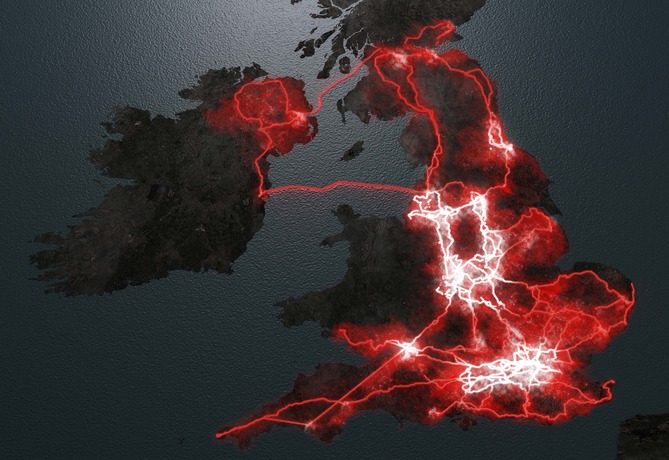Ofcom: 32% Of Broadband Connections Are Superfast, But Urban-Rural Divide Is Widening

Ofcom says rural and suburban broadband speeds did not rise in the six months leading up to November 2014 and are just one third of urban speeds
Just under a third of all broadband connections in the UK can receive superfast speeds, according to Ofcom, but the gap between urban and rural areas is widening.
The communications regulator says that 32 percent of all connections can receive 30Mbps or faster as of November 2014, up from 24 percent in 2013, contributing to an average speed of 22.8Mbps.
The increase has been attributed to increased adoption of superfast services and upgrades to the Virgin Media cable network. The average fibre speed is now 41.6Mbps, the average cable speed is 54.5Mbps and the average ADSL connection, still the most common type of residential broadband, is 7.3Mbps.
Rural urban divide
 But although urban speeds increased by 21 percent in the six months leading up to November, there was no statistically significant change in urban and suburban areas, with average speeds in remote areas just a third of those in cities.
But although urban speeds increased by 21 percent in the six months leading up to November, there was no statistically significant change in urban and suburban areas, with average speeds in remote areas just a third of those in cities.
Such a gap will do much to stoke fears of a growing digital divide between urban and rural Britain, with many citizens unable to access the economic and social benefits of superfast broadband, along with many important government services.
“The UK has seen significant investment in superfast broadband, and millions of households are now benefitting from faster speeds and more choice,” said Steve Unger, acting Ofcom CEO. But there’s still more to be done to ensure that everyone can share in those benefits.
“It’s encouraging to see continued investment in infrastructure from broadband providers, supported by Government funding to bring faster broadband to harder to reach areas. By providing the best possible information, Ofcom can help people understand the broadband services available to them and what they can do to get the most from their broadband.”
More to do
The government is targeting 95 percent superfast broadband coverage by 2017 through initiatives like Broadband Delivery UK (BDUK), which provides money to local authorities to extend fibre to areas not covered by commercial deployments.
More than two million premises have been connected thanks to BDUK, but the programme has been controversial with many questioning whether it provides value for money for the taxpayer and whether the process has been transparent enough.
Additionally, research has shown that many consumers are unaware how or whether they can receive superfast broadband, although awareness is much higher in rural areas that are more likely to be afflicted by slower speeds.
“There’s great cause for concern in Ofcom’s latest broadband speeds report,” says Ewan Taylor-Gibson, broadband expert at uSwitch. “No change in average speeds in suburban and rural areas has been recorded in the six months to November 2014. The rural-urban broadband speeds divide is becoming an ever-wider chasm.
“Ofcom’s data shows superfast broadband take-up is rising but, given that high speed connections are now available to 78 percent of UK households, this is not happening fast enough.
“More still needs to be done to make the availability and benefits of fibre clear, making sure people are notified by broadband providers when it’s live in their area. And much more needs to be done to bring faster speeds to the countryside.”
What do you know about fibre broadband? Take our quiz!